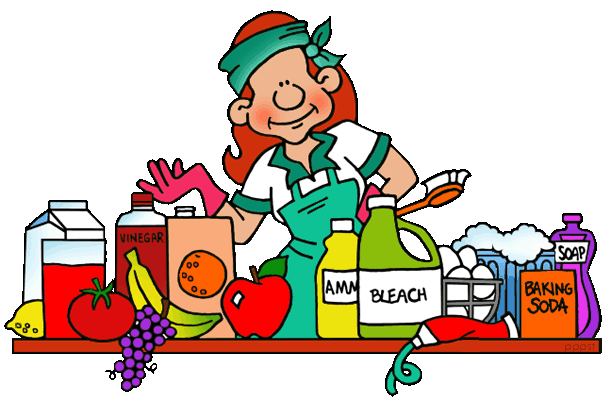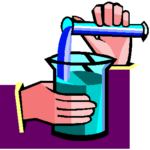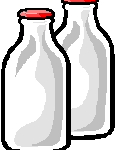Introducation To Acids And Bases
Acids and Bases
An acid is a substance that ionizes in water to produce hydrogen ions (H+)
The strength of an acid depends on how completely the substance ionizes. Strong acids completely ionize in water. Weak acids ionize only slightly.
Produce H+ ions in water
Have a sour taste
Break down metals
Formula starts with H
Poisonous and corrosive to skin
pH less than 7
A base is a substance that ionizes in water to produce hydroxide ions (OH-)
The strength of a base depends on how completely the substance ionizes into metal ions and hydroxide ions in water. Strong bases ionize completely. Weak bases do not.
Produce OH- ions in water
Have a bitter taste and a slippery feel
Break down fats and oils
Formula ends with OH
Poisonous and corrosive to skin
pH greater than 7
Acids Examples:
vinegar, lemon juice, aspirin, stomach acid, battery acid, cola, milk
Bases Examples:
soap, shampoo, ammonia, drain cleaner, antacids
Neutral Substances

Examples: dH2O, salts, most cosmetics, lotions, eye drops, etc.
Neutralization Reactions
When an acid is added to a base, the end products are always salt and water. (neutral)
A salt is defined as the neutral end product of an acid/base reaction.
ACID + BASE –> SALT + WATER
H2S + Ca(OH)2 –> CaS + H2O
pH Scale
pH – a number used to denote the hydrogen ion concentration, or acidity of a solution
pH Scale Typically runs from 0 – 14
0 7 14
Acidic Neutral Basic
pH Indicators

pH<7 = acid, pH>7 = base, pH = 7 neutral
2) Litmus – Dip one red and one blue paper.
Red stays red, blue turns red —> Acid
Blue stays blue, red turns blue —> Base
3)Bromthymol Blue – Add a few drops of bromthymol blue to the substance.
Red stays red, blue stays blue —> Neutral
If the blue color turns to yellow —> Acid
If the blue color stays blue —> Base
If the clear liquid turns to pink —> Base
If the clear liquid remains clear —> Acid
Apply for Free Trial Class Today !!












